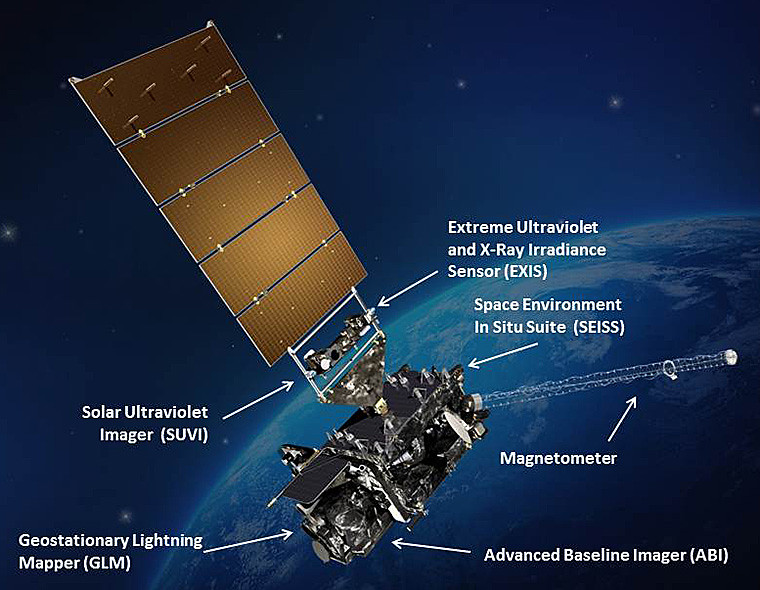by Melanie
Have you ever heard of the Mercury 13? I hadn’t until recently. While visiting an air and space museum, I noticed an exhibit on this amazing group of aerospace pioneers.
In 1959 NASA began the process of identifying the nation’s first astronauts. From an applicant pool of more than 500 men, extensive physical and mental exams led to selecting the first seven astronauts. All of them were military pilots, and they were known as the “Mercury 7.”
A doctor who helped develop the tests for those men, Dr. W. Randolph Lovelace, wondered how women would perform on the same tests. In 1960, he began a study to find out. He invited a noted female pilot, Geraldyn “Jerrie” Cobb, to participate in his study. After she passed all three phases of testing, other women pilots were invited into the study.
According to Wally Funk, one of those selected, “The women were to be under 35 years of age, in good health, hold a second class medical, four year college education, a commercial rating or better and have over 2,000 hours of flying time.” Many of the pilots were members of a group called the “Ninety-Nines,” an organization established in 1929 of female pilots, which continues to this day.
Thirteen women, the Mercury 13, passed the tests available and were chosen to continue in the program. They were Jerrie Cobb, Wally Funk, Irene Leverton, Myrtle “K” Cagle, Janey Hart, Gene Nora Stumbough (Jessen), Jerri Sloan (Truhill), Rhea Hurrle (Woltman), Sarah Gorelick (Ratley), Bernice “B” Trimble Steadman, Jan Dietrich, Marion Dietrich and Jean Hixson.
Unfortunately, the women and their program were never officially part of NASA. Twelve of the 13 were not allowed to complete the Phase III testing. Their program was cancelled.
After lobbying of both President Kennedy and Vice President Johnson, congressional hearings were held in 1962 about the gender discrimination involved in canceling the program. According to WIRED Magazine,
The would-be Mercury 13 astronauts would ultimately be held to a different standard than their male counterparts. Some NASA officials speculated that female performance could be impaired by menstruation. Others wanted pilots who had already flown experimental military aircraft — something only men could have done, since women were barred from the Air Force.
It was not until Sally Ride‘s shuttle flight in 1983 that an American woman flew into space. This despite the qualifications of thirteen remarkable women more than 20 years earlier.

Members of the First Lady Astronaut Trainees (FLATs, also known as the “Mercury 13”), these seven women who once aspired to fly into space stand outside Launch Pad 39B near the Space Shuttle Discovery in this photograph from 1995. The so-called Mercury 13 was a group of women who trained to become astronauts for America’s first human spaceflight program in the early 1960s. Although FLATs was never an official NASA program, the commitment of these women paved the way for others who followed. Visiting the space center as invited guests of STS-63 Pilot Eileen Collins, the first female shuttle pilot and later the first female shuttle commander, are (from left): Gene Nora Jessen, Wally Funk, Jerrie Cobb, Jerri Truhill, Sarah Rutley, Myrtle Cagle and Bernice Steadman. Image credit: NASA
 This post describes our view of the launch of the GOES-S weather satellite from the vantage point of the Apollo/Saturn V Center on 1 Mar 2018. Our previous post about the Kennedy Space Center highlighted some of the exhibits at the Visitor Complex. If you are interested in seeing a launch, this link provides details about the options.
This post describes our view of the launch of the GOES-S weather satellite from the vantage point of the Apollo/Saturn V Center on 1 Mar 2018. Our previous post about the Kennedy Space Center highlighted some of the exhibits at the Visitor Complex. If you are interested in seeing a launch, this link provides details about the options.


